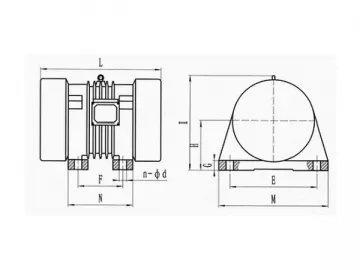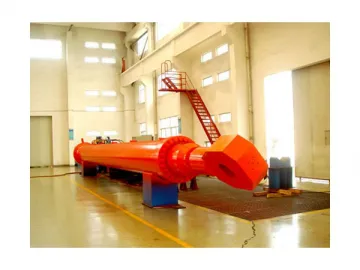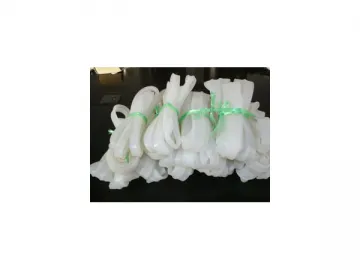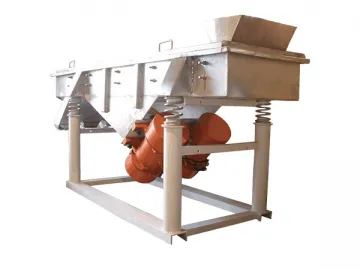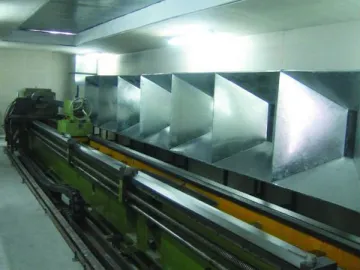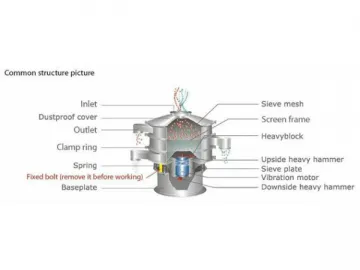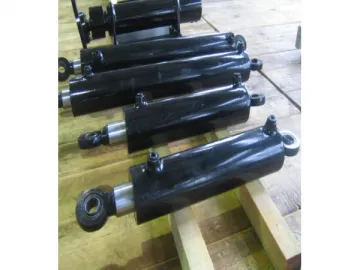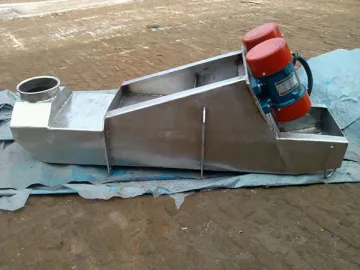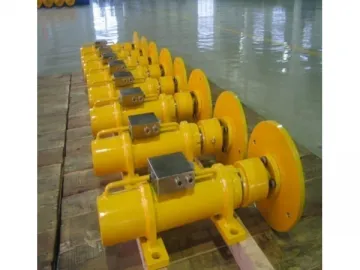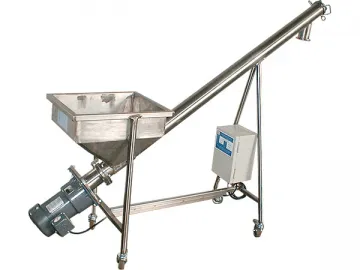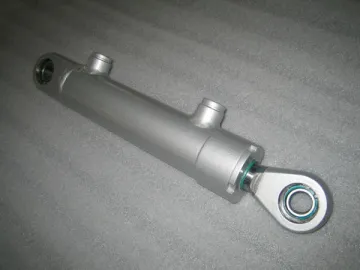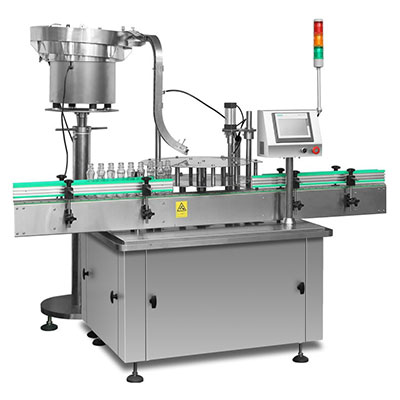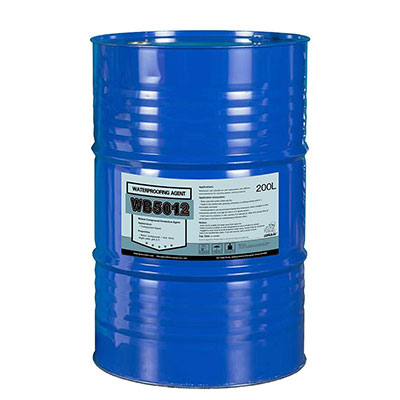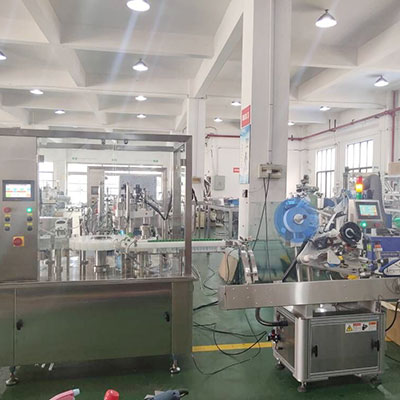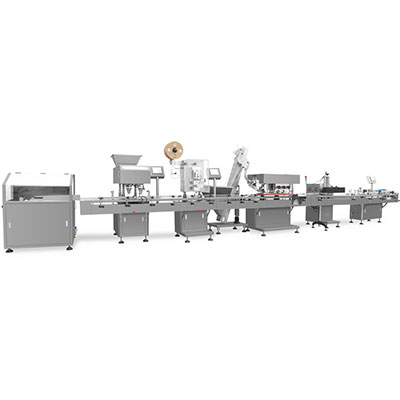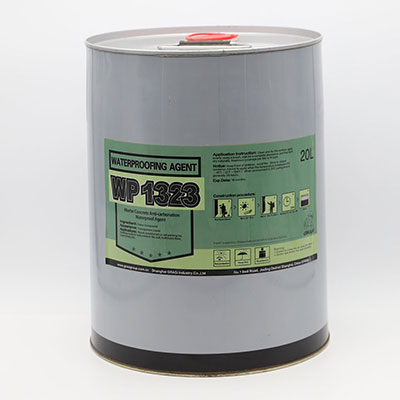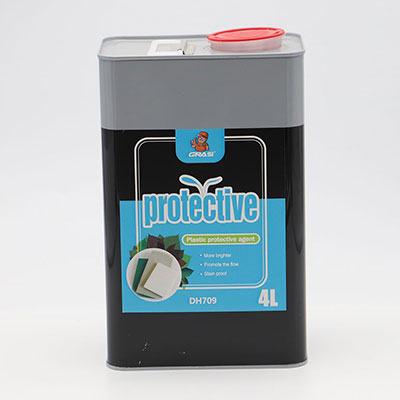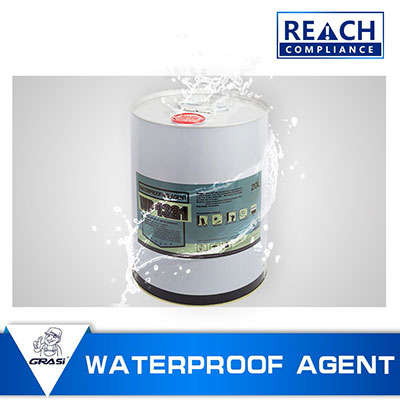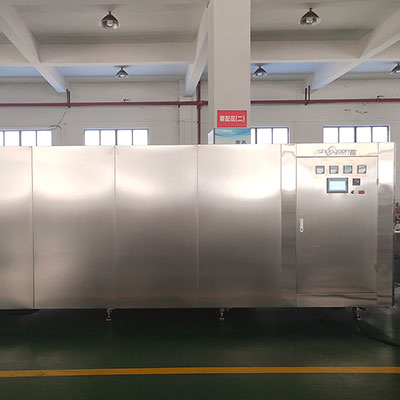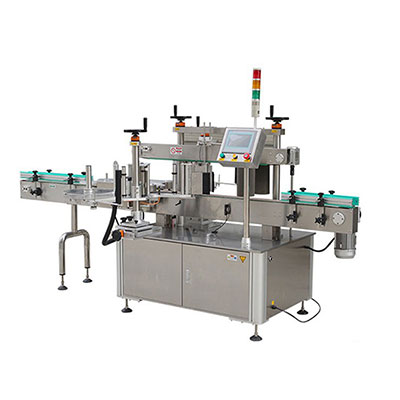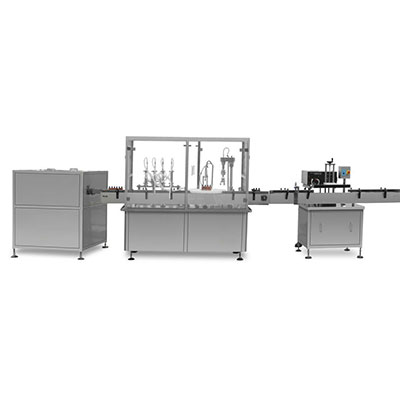Lifting Jack
The lifting jack, also known as hydraulic jack, is so named because it uses a large-diameter piston rod to lift heavy loads to a relatively short height. As the simplest lifting equipment, it usually features a compact design that delivers high stability due in part to the use of a self-locking device.
Depending on the customer specific requirements, we can plan out various types of hydraulic jacks. Unique to our cylinder is the ceramic coating that has been applied to the surface of its piston rod, which makes the rod uneasy to rust or wear.
There are a few points that you need to watch out for during the use of this hydraulic cylinder.
1. The cylinder must be placed on a level surface or supported by a sturdy base. The bottom cushion uses a flat, oil-free piece of wood to increase the load-bearing area and ensure safety. Do not use the iron plate to replace wood so as to avoid sliding.
2. Stability is a crucial factor to consider during lifting. Check if there is any abnormal conditions arise at the start of lifting motion. Do not use an extended handle or apply excessive force to the handle without permission.
3. Do not overload the hydraulic jack. When a red line appears on the cylinder, it signals the load has been lifted to the maximum height.
4. There should be supervisors standing by to direct the lifting operation, especially when there are two or more jacks working on the same load and synchronization in motion is a must. Between the two hydraulic cylinders should there be no wood blocks providing support. This is to avoid relative sliding between the two cylinders.
5. Be sure to check the seal and joints to prevent leakage.
6. Do not use the cylinder in the acidic, alkaline, or corrosive gas atmosphere.
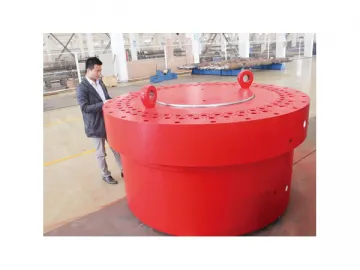
For customers who want to request a customization service, please click .
Related Names
Hydraulic Jack Cylinder | Hydraulic Lifting Equipment | Heavy Duty Plunger Cylinder
Links:https://www.globefindpro.com/products/76115.html
